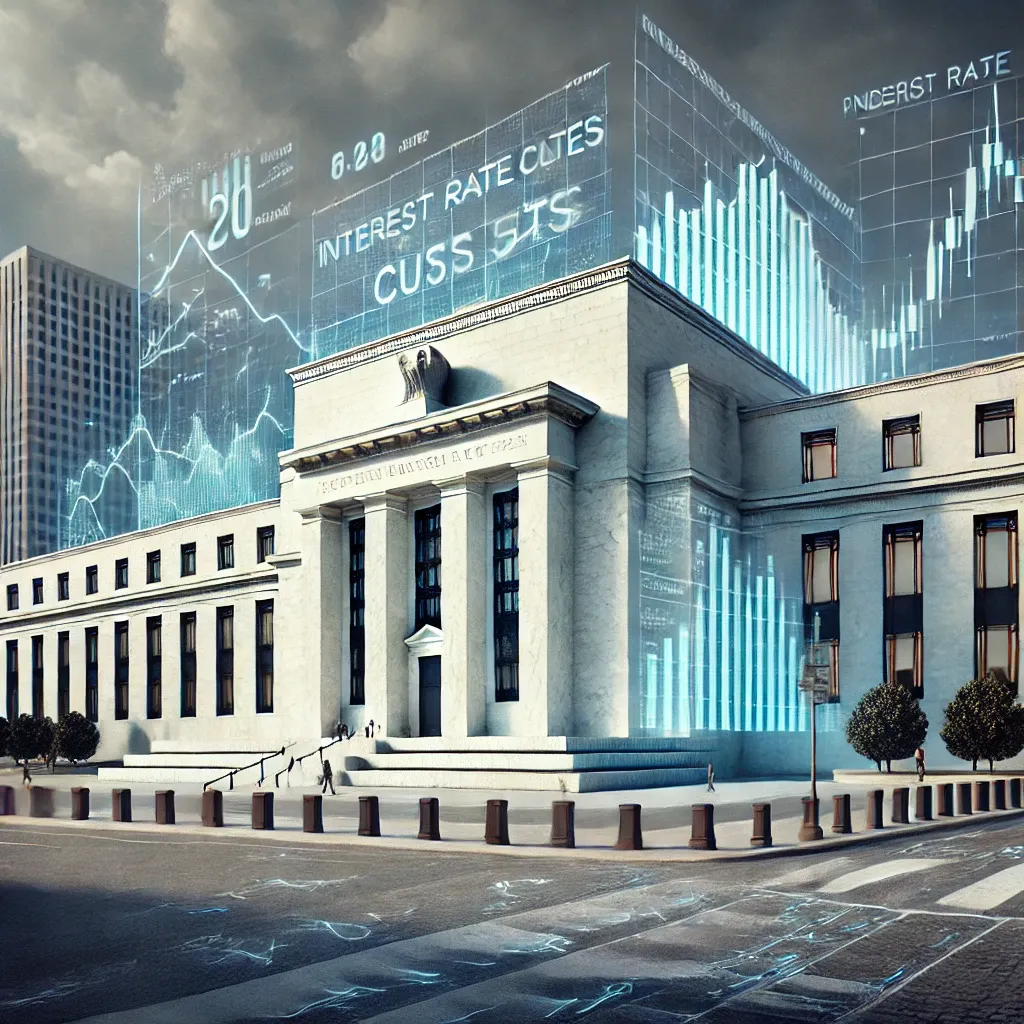Did the Fed cut rates today, and how will it impact you? Are you missing out on vital information that could change your financial decisions? In today’s complex economic environment, keeping up with Federal Reserve actions like rate cuts or hikes is crucial to make informed decisions about investments, loans, and savings. Understanding these moves can put you ahead, while neglecting them could cost you.
Fed Rate Cuts: What Happened Today?
A Federal Reserve rate cut is a powerful financial tool that can stimulate the economy by lowering borrowing costs for individuals and businesses. Today, the Federal Reserve did announce a rate cut, marking a significant shift in its monetary policy. The decision comes in response to economic data showing slowing growth and rising risks of a recession. This move is designed to encourage spending and investment, helping to keep the economy on track.When the Fed cuts rates, it directly impacts the interest rates on loans and credit cards. You may start to notice lower rates on mortgages, auto loans, and other forms of debt, making it cheaper to borrow. This can lead to an increase in consumer spending, which boosts economic activity. If you’re looking to refinance or take out new loans, now might be an ideal time to act.The last time the Fed cut rates was during the global financial crisis, and it had a profound effect on the housing market, consumer confidence, and overall economic recovery. Today’s rate cut could lead to similar outcomes, depending on how the economy responds in the coming months.
Fed Rate Hike History: Why This Cut Matters
The Fed’s decision to cut rates today is part of a broader pattern in its monetary policy. Historically, the Federal Reserve uses interest rate hikes and cuts to manage inflation and keep unemployment low. Over the past year, the Fed has been steadily raising rates to combat inflation, but today’s cut signals a shift in focus toward supporting growth.A look back at Fed rate hike history shows that the central bank typically raises rates when inflation is high and cuts them when the economy is slowing. In the 1970s, the Fed raised rates dramatically to tame double-digit inflation, while in the early 2000s, it cut rates to help the economy recover from the dot-com bubble. These actions have far-reaching consequences, influencing everything from stock prices to employment rates.Today’s cut is particularly significant because it suggests the Fed sees growing risks to the economy, despite recent signs of inflation cooling. This move could be an early indication that the central bank is preparing for a prolonged period of slower growth, and it will be important to watch how markets react in the coming weeks.
How to Benefit From the Fed’s Decision
Understanding today’s rate cut can help you make strategic financial decisions. If you’re a borrower, this could be an opportunity to lock in lower rates on loans or mortgages. For savers, though, lower interest rates might mean earning less on your savings accounts or bonds.One key takeaway is that investors should be cautious about stock market volatility following a Fed rate cut. While lower interest rates tend to boost stock prices in the short term, long-term market reactions can be unpredictable. It’s crucial to stay informed about future Fed decisions, as they will likely continue to play a major role in shaping economic conditions.In conclusion, today’s Fed rate cut is a pivotal event with wide-ranging implications for consumers, businesses, and investors alike. By staying updated and adjusting your financial strategies accordingly, you can take advantage of the opportunities this decision presents while avoiding potential pitfalls.Famous Quote: “In the end, it’s not the years in your life that count. It’s the life in your years.” – Abraham Lincoln






